Page path:
- Home
- Research
- Expeditions
- 2015
- HE449
RV HEINCKE HE449: 1 August - 22 August 2015 (Trondheim – Tromsø)
Microbial methane oxidation in fjords and offshore Svalbard
The RV HEINCKE expedition HE449 has as its main objectives to quantify the methane sources and fate in the water column in Storfjorden and Isfjorden, as well as along the western Svalbard shelf. Specifically, we will investigate how much of this greenhouse molecule is oxidized by microbes and how much of the dissolved fraction is transported towards the Arctic. In Storfjorden elevated methane concentrations were already observed and on the shelf off Prins Karls Forland gas emissions were found, whereas the methane content in Isjorden has not been investigated to date. We aim to identify and measure the activity of microorganisms who oxidize methane in the water, quantify the transport of the gas by ocean currents and elucidate potential transfer to the atmosphere. During the cruise, we will sample the water and surface sediment for methane concentration, molecular biology, biomarker, and rate-analyses. In addition an underwater mass-spectrometer will be deployed in areas of elevated methane concentrations to characterize the methane distribution with high temporal and spatial resolution. These data will be analyzed in the context of ADCP and CTD records, as well as using additional hydrographic tracers (oxygen isotopes, barium, nutrient distributions) to better constrain the behavior of the different water masses in the region, as well as current direction and speed during our survey.
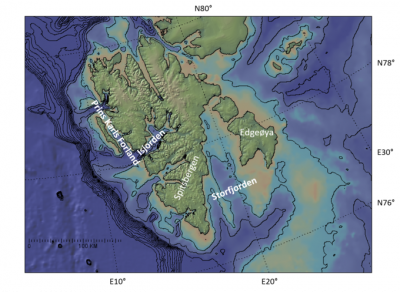
Working areas at Svalbard (map generated using GeoMapApp: http://www.geomapapp.org).
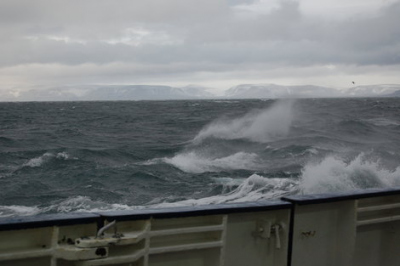
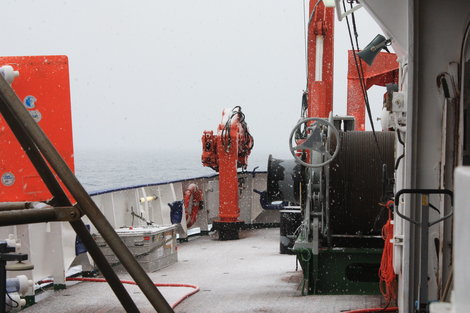
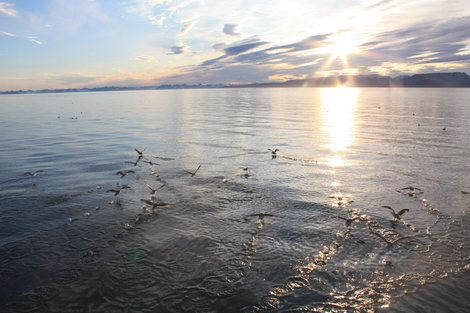
The weather can be stormy, snowy or sunny around Svalbard.
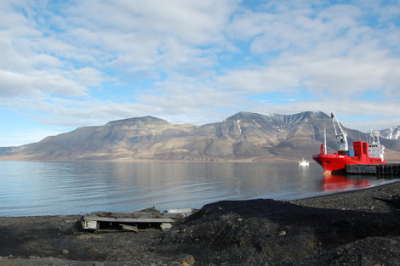
View from Longyearbyen harbor.


